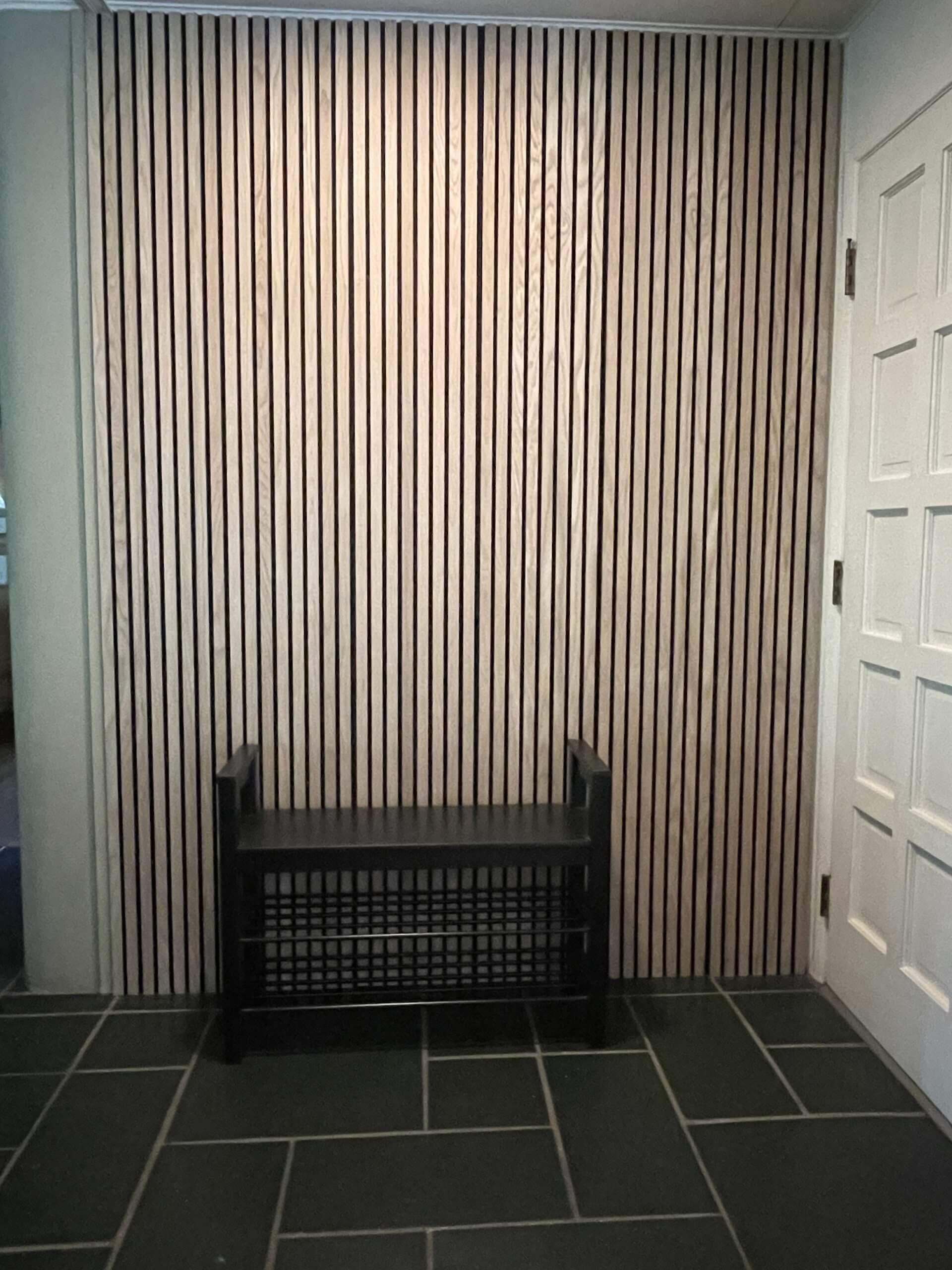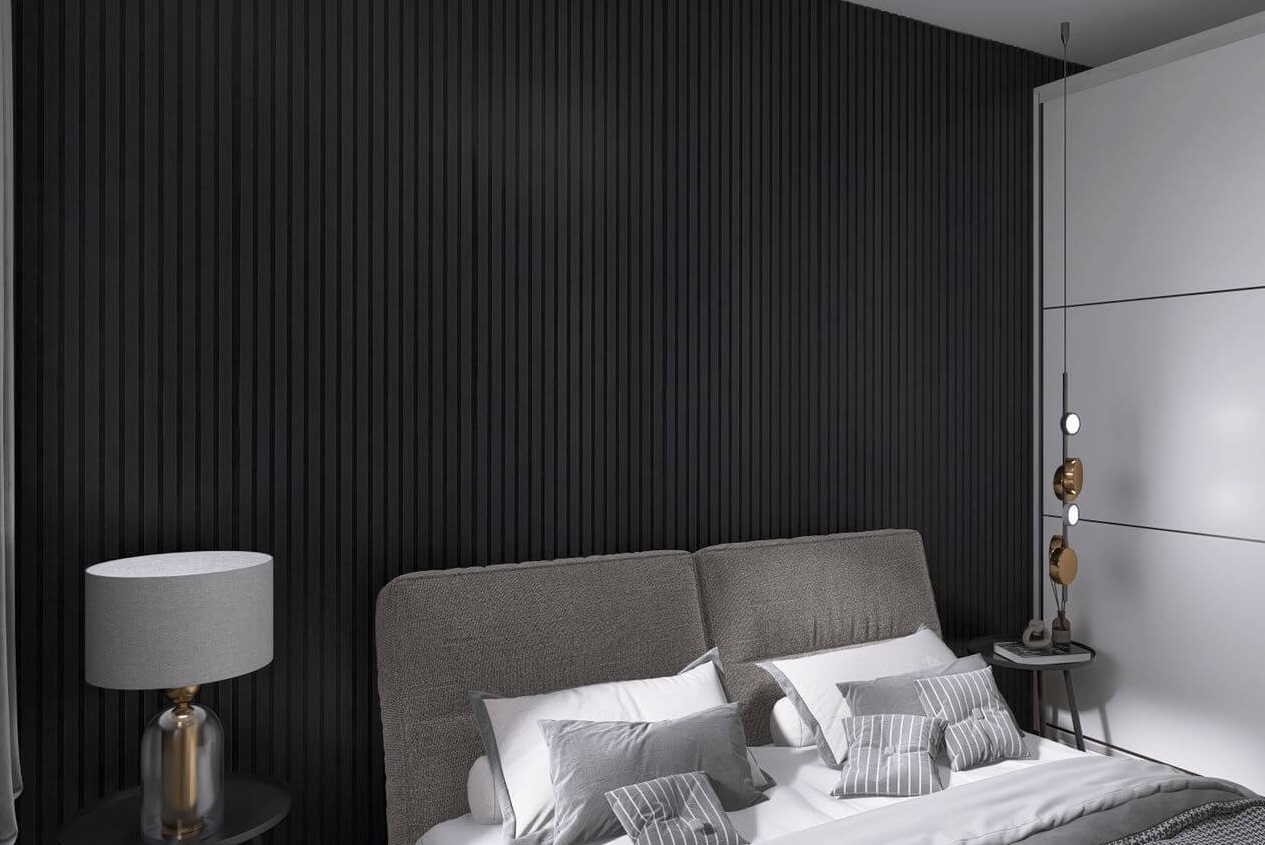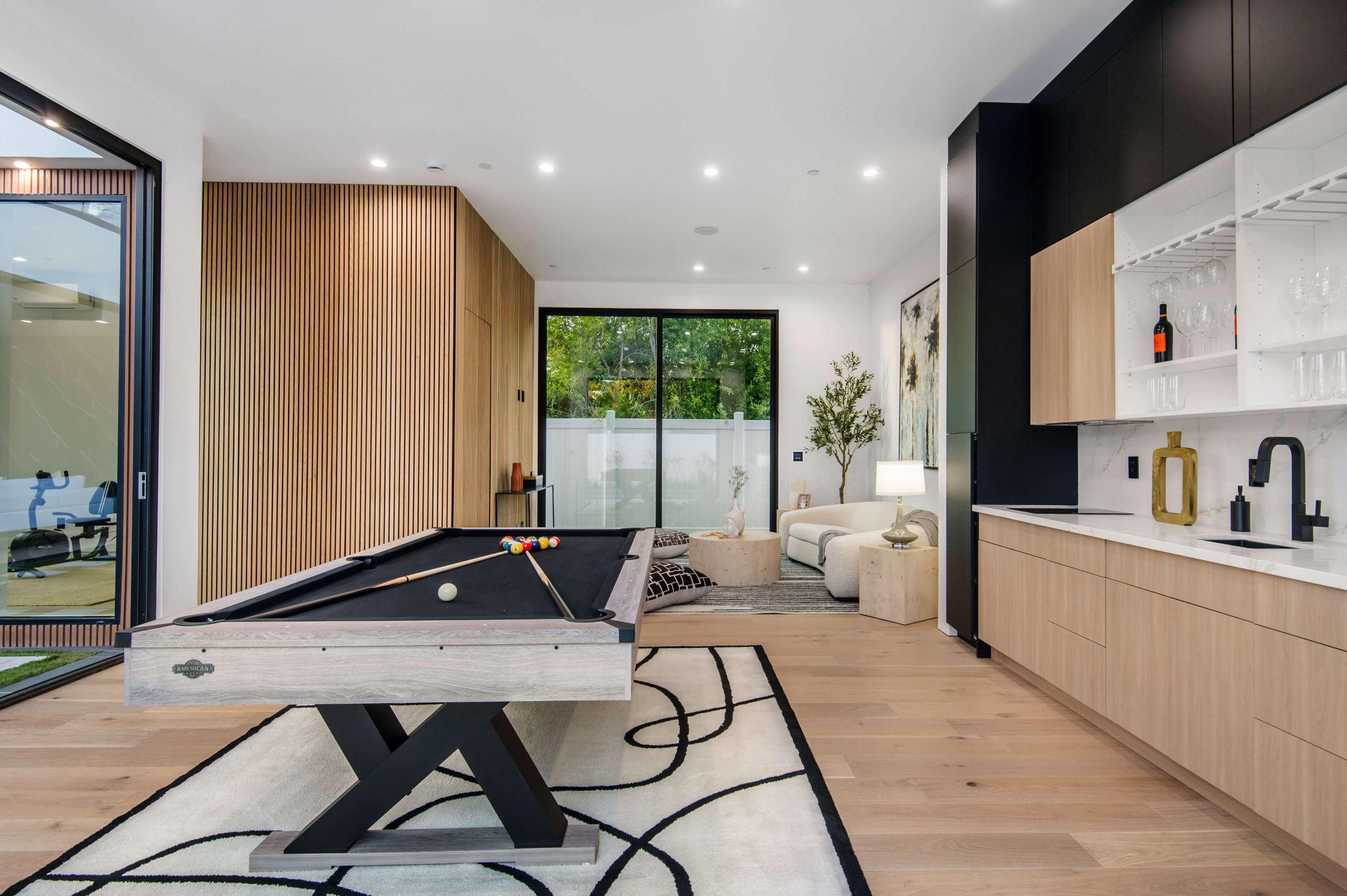Adding wood paneling to your walls is a timeless home improvement choice that can transform any space. It brings warmth, texture, and a sense of style that few other materials can match. Whether you are a DIY enthusiast, a homeowner looking for a fresh interior design, or a professional in the renovation field, understanding the benefits of wood paneling is essential. Let’s explore why this option is worth considering and how it can enhance your home.
1. Aesthetic Appeal of Adding Wood Paneling
Adding wood paneling to your walls can completely change the look and feel of a room. Wood panels come in various styles, colors, and finishes, offering numerous design possibilities that fit both traditional and modern aesthetics. Here are some key aesthetic benefits:
- Versatility: Wood paneling is available in multiple styles, including shiplap, tongue-and-groove, and beadboard. Each offers a unique look, allowing you to customize your space.
- Natural Warmth: Wood panels bring a natural warmth to any room, making spaces feel cozier and more inviting.
- Timeless Design: Unlike some trendy materials, wood paneling remains a classic choice that doesn’t go out of style.
The visual impact of adding wood paneling can be seen in the way it complements various design elements, such as metal fixtures or colorful accents. It’s an ideal option for those who want a rich and warm interior.
2. Practical Benefits of Adding Wood Paneling
Beyond its visual appeal, adding wood paneling has practical benefits that make it a smart investment for homeowners. Here are some of the most significant advantages:
- Durability: Wood panels are highly durable, able to withstand daily wear and tear. This makes them suitable for high-traffic areas in homes, like hallways or living rooms.
- Insulation Properties: Wood paneling can improve the insulation of a room, keeping spaces warmer in the winter and cooler in the summer. This can lead to reduced energy costs over time.
- Easy Maintenance: Most wood panels are easy to clean and maintain, requiring just occasional dusting or polishing to keep them looking great.
The practical benefits of adding wood paneling make it an ideal choice for those looking for both beauty and functionality in their home decor.
3. Types of Wood Paneling for Different Needs
When considering adding wood paneling, it’s essential to choose the right type for your specific needs. Different types of wood panels offer varying benefits, and the choice depends on your design preferences and the intended use of the space.
| Type of Wood Panel | Description | Best For |
|---|---|---|
| Shiplap | Horizontal planks with a tight fit, creating a sleek, uniform look. | Modern and farmhouse-style interiors |
| Beadboard | Vertical panels with ridges, ideal for adding texture. | Traditional or rustic rooms |
| Reclaimed Wood | Reused wood that provides a vintage, eco-friendly appeal. | Eco-conscious designs, unique feature walls |
| Tongue-and-Groove | Interlocking panels that create a smooth finish. | Minimalist and contemporary spaces |
Choosing the right type of wood panel ensures that you achieve the desired look and function for each room in your home.
4. Environmental Benefits of Adding Wood Paneling
In today’s world, many homeowners are looking for sustainable and eco-friendly options for their homes. Adding wood paneling can be an environmentally responsible choice:
- Sustainable Material: Many wood panels are made from sustainably harvested wood, ensuring minimal impact on forests.
- Longevity: Because of its durability, wood paneling reduces the need for frequent replacements, which helps decrease waste over time.
- Biodegradability: Unlike synthetic materials, wood is biodegradable, meaning it will break down naturally if it ever needs to be replaced.
By opting for wood paneling, you’re not only enhancing your home but also making a choice that can benefit the environment.
5. How to Install Wood Paneling: A Step-by-Step Guide
Installing wood paneling can be a rewarding DIY project. Here’s a simple guide to get you started with adding wood paneling to your walls:
- Measure the Walls: Measure the height and width of the wall to determine how many panels you’ll need.
- Prepare the Wall Surface: Ensure that the wall is clean and smooth before installing the panels.
- Cut Panels to Size: Use a saw to cut the panels to fit your wall’s dimensions.
- Apply Adhesive: Use wood adhesive on the back of each panel for extra hold.
- Install Panels: Start from the bottom and work your way up, pressing each panel firmly into place.
- Finish and Seal: Apply a wood sealant to protect the panels from moisture and to enhance their natural beauty.
Installing wood paneling can be a great way to add a personal touch to your home while saving on labor costs.
6. Cost Considerations for Adding Wood Paneling
Understanding the costs of adding wood paneling is crucial for planning your home improvement project. Here’s a breakdown of factors that can affect the price:
| Cost Factor | Description | Impact on Budget |
|---|---|---|
| Type of Wood | High-quality hardwoods like oak and cherry cost more than pine or MDF. | Major |
| Panel Size | Larger panels may be more expensive but cover more area, reducing installation time. | Moderate |
| Installation | Professional installation costs more but ensures a perfect finish. | High |
| Finishing | Additional costs for paint, stain, or sealants. | Moderate |
While adding wood paneling can involve an upfront investment, its durability and timeless appeal often justify the cost.
7. Common Myths About Adding Wood Paneling
There are several misconceptions about adding wood paneling that might hold homeowners back. Let’s debunk a few:
- Myth 1: Wood Paneling is Outdated: While wood paneling has been around for decades, modern designs and finishes make it a stylish choice today.
- Myth 2: It’s Hard to Maintain: Wood paneling is easier to maintain than you might think—just a little regular dusting and occasional polishing keep it looking fresh.
- Myth 3: Wood Paneling is Only for Cabins: Wood panels can be used in all types of homes, from sleek city apartments to suburban houses.
FAQs
1. Is adding wood paneling expensive?
The cost can vary based on the type of wood and the size of your project. However, it’s often a long-term investment due to its durability and aesthetic appeal.
2. Can wood paneling be installed in bathrooms?
Yes, but it’s essential to use moisture-resistant wood panels and proper sealing to prevent water damage.
3. What types of wood are best for adding wood paneling?
Popular choices include pine, cedar, and reclaimed wood. Hardwoods like oak provide a more luxurious finish.
4. How do I maintain wood paneling?
Maintaining wood paneling is simple—dust it regularly and use a wood polish occasionally to keep it looking vibrant.
5. Does wood paneling add value to a home?
Yes, adding wood paneling can increase a home’s value by enhancing its visual appeal and providing better insulation.
Conclusion
Adding wood paneling to your walls offers a range of benefits, from improved aesthetics and durability to environmental advantages. With various styles to choose from and simple installation processes, it’s a versatile choice that can suit any home. Whether you’re looking to add warmth to your living room or create a feature wall in your bedroom, wood paneling is a solution that offers both style and function.
By understanding the various aspects of adding wood paneling, you can make an informed decision that will elevate the beauty and comfort of your home for years to come.








